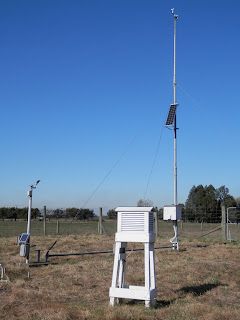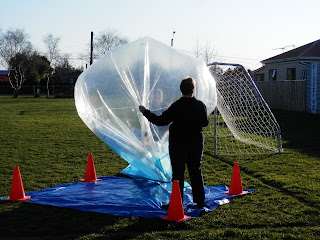Sorry the blog went all quiet for a bit!

Although we have loved working with our participants in Rangiora and developing the CONA project, the sad truth is that we have other projects to look after too. Not since I was a PhD student have I had the chance to concentrate on just one project. This is the main reason why there have been no new blog posts now for over a month. I was at a conference - honest! But that doesn't mean that there have been no developments. One of the things I did in October was to present some initial results at an international conference in Las Vegas. The conference was held by the International Society for Exposure Science, of which I've been a member for years. It is attended mainly by scientists involved in understanding how the environment impacts our health, but also regulators from the US Environmental Protection Agency, plus other similar groups around the world. I made two presentations - one on the ODINs we used to detect high levels of woodsmoke in the air around Rangiora, plus anot...








